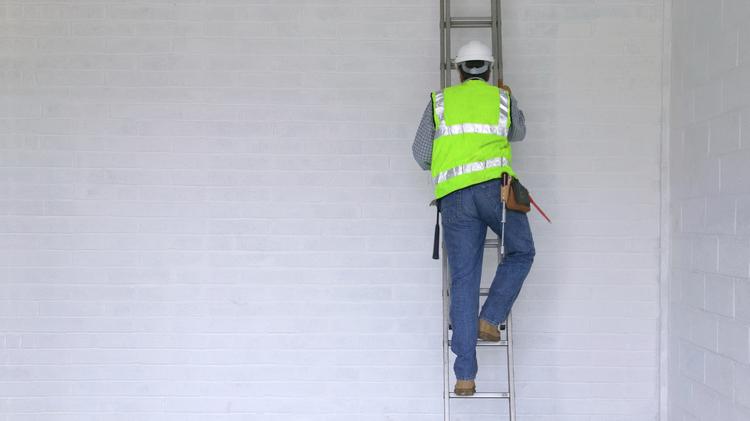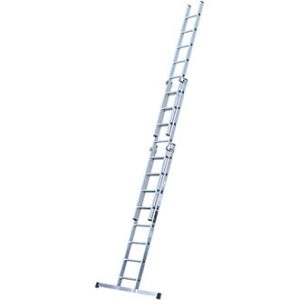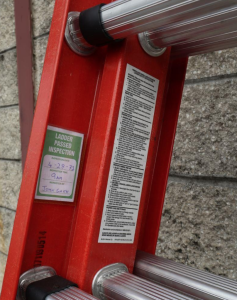Ladder Safety – What You Need To Know
Ladders are a leading cause of Workplace injuries and come in at #6 for the Top 10 2019 OSHA Violations
Ladders are a simple tool, yet thousands of injuries occur each year from incorrect use and lack of safety checks. While there are many variations of ladders the steps needed to safely use and maintain ladders are very similar. Here are some tips to help keep your workers safe and help reduce ladder-related injuries.
When should you inspect ladders?
- Inspect new ladders promptly upon receipt.
- Inspect ladders before each use.
- Check the condition of ladders that have been dropped or have fallen before using them again.
- Inspect ladders before storing to make sure they are in good condition to store or need repair, replacement, or removal from the site.
- UniFirst First Aid + Safety has a unique inspection checklist perfect for every workplace – Click Here to speak with a safety specialist now.
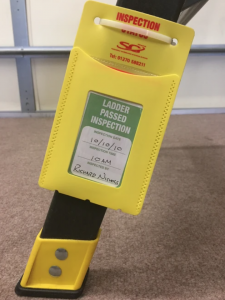
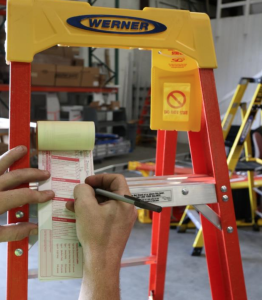
What should you look for when inspecting any ladder?
- missing or loose steps or rungs (they are loose if you can move them by hand)
- damaged or worn non-slip feet
- loose nails, screws, bolts, or nuts
- loose or faulty spreaders, locks, and other metal parts in poor repair
- rot, decay, or warped rails in wooden ladders
- cracks and exposed fiberglass in fiberglass ladders
- cracked, split, worn, or broken rails, braces, steps, or rungs
- sharp edges on rails and rungs
- rough or splintered surfaces
- corrosion, rust, oxidization, and excessive wear, especially on treads
- twisted or distorted rails. Check ladders for distortion by sighting along the rails. Using a twisted or bowed ladder is hazardous.
- missing identification labels
What other things should I look for when inspecting stepladders?
- wobble
- loose or bent hinges and hinge spreaders
- broken stop on a hinge spreader
- loose pail shelf
What should you look for when inspecting extension ladders?
- loose, broken, or missing extension locks
- defective locks that do not set properly when the ladder is extended
- sufficient lubrication of working parts
- defective cords, chains, and ropes
- missing or defective pads or sleeves
What should you do after inspecting any ladder?
- Tag any defective ladders and take them out of service.
- Clean fiberglass ladders every three months. Spray lightly with a clear lacquer or paste wax.
- Protect wooden ladders with a clear sealer or wood preservative.
- Replace worn or frayed ropes on extension ladders.
- Lubricate pulleys on extension ladders regularly.
- Tag and take out of service any ladder that has defects, or is broken or bent. Destroy ladders that cannot be repaired safely by a person authorized by the manufacturer. Ladders should be destroyed in a way that makes them useless.
What are some things you should not do after inspecting ladders?
- Do not make temporary or makeshift repairs.
- Do not try to straighten or use bent or bowed ladders.
Click Here to speak with a Safety Specialist about our custom ladder checklist solution

Click Here to learn more about Safety training
Follow us:

